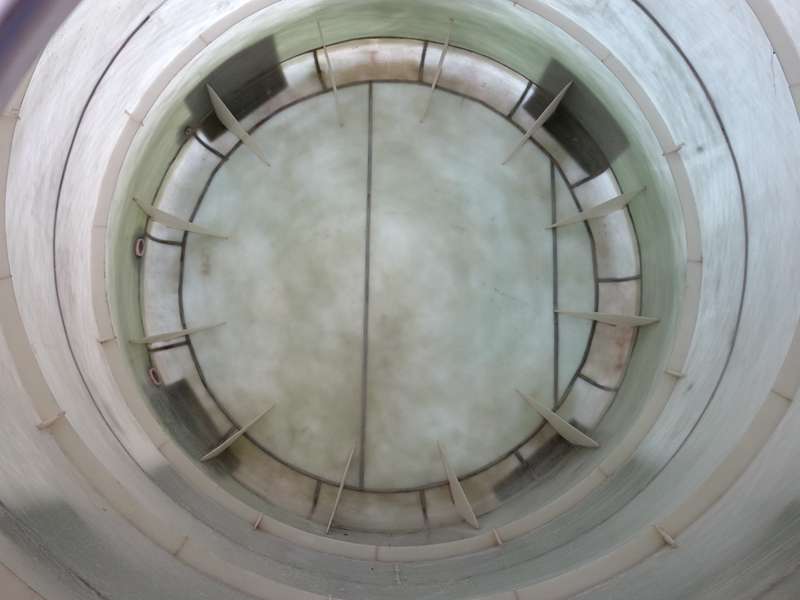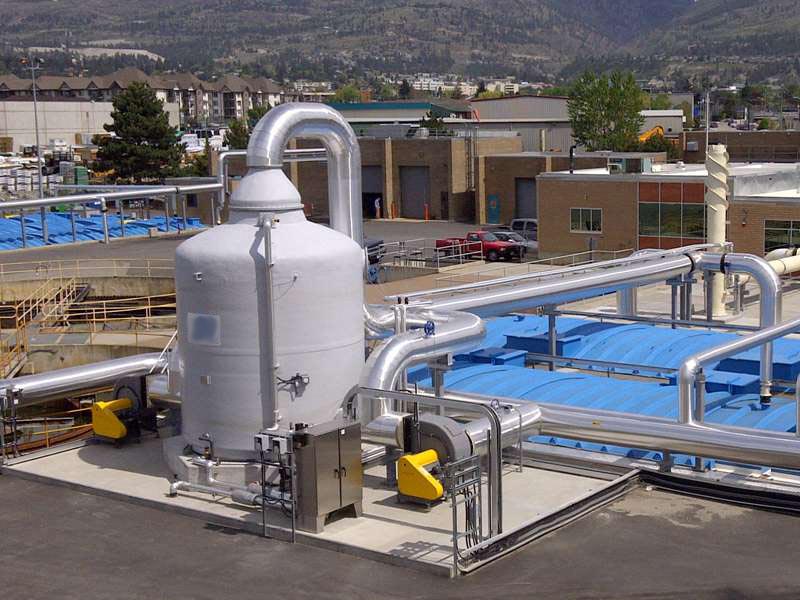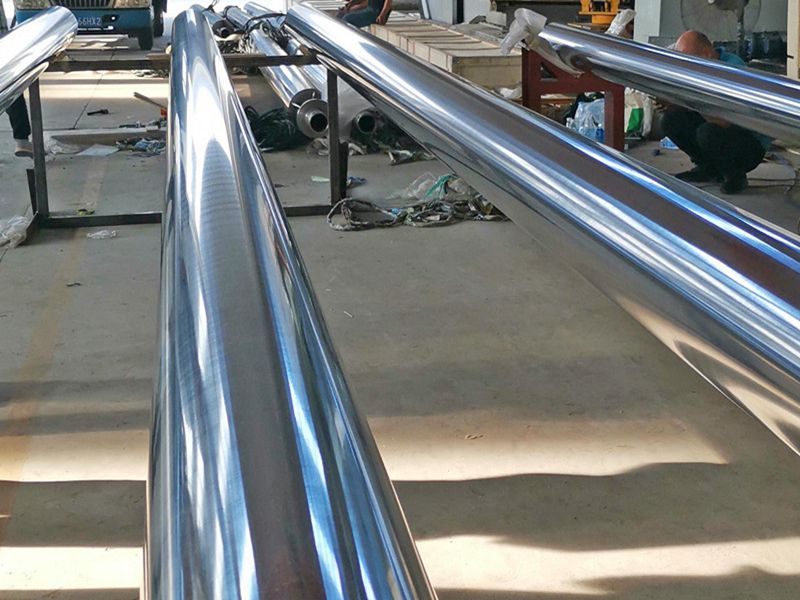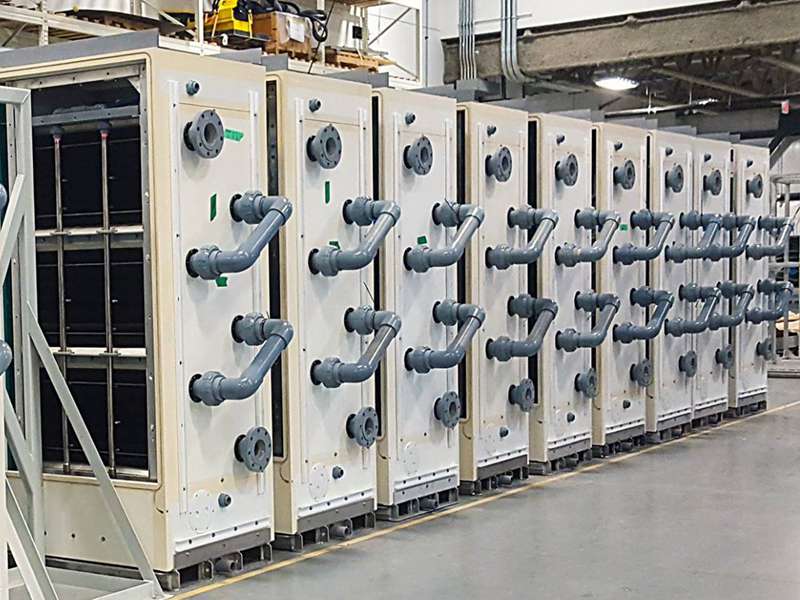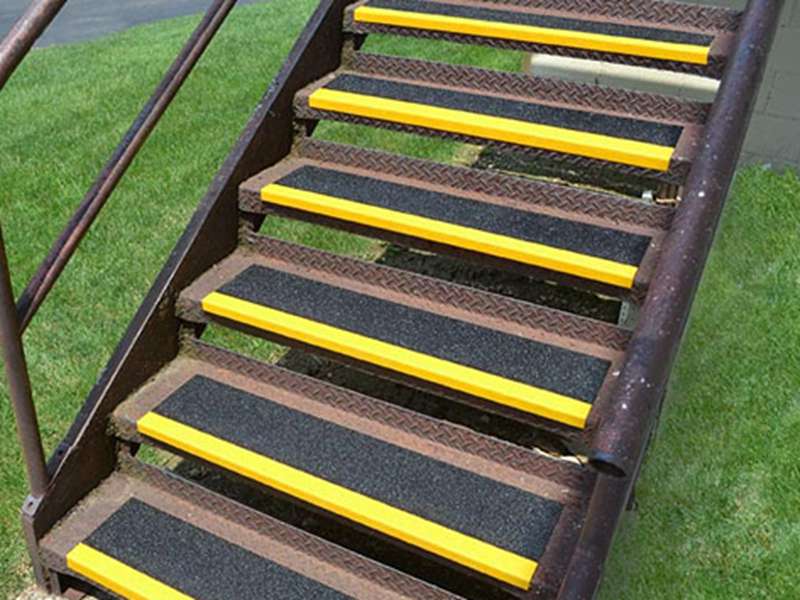
-
 Afrikaans
Afrikaans -
 Albanian
Albanian -
 Amharic
Amharic -
 Arabic
Arabic -
 Armenian
Armenian -
 Azerbaijani
Azerbaijani -
 Basque
Basque -
 Belarusian
Belarusian -
 Bengali
Bengali -
 Bosnian
Bosnian -
 Bulgarian
Bulgarian -
 Catalan
Catalan -
 Cebuano
Cebuano -
 China
China -
 China (Taiwan)
China (Taiwan) -
 Corsican
Corsican -
 Croatian
Croatian -
 Czech
Czech -
 Danish
Danish -
 Dutch
Dutch -
 English
English -
 Esperanto
Esperanto -
 Estonian
Estonian -
 Finnish
Finnish -
 French
French -
 Frisian
Frisian -
 Galician
Galician -
 Georgian
Georgian -
 German
German -
 Greek
Greek -
 Gujarati
Gujarati -
 Haitian Creole
Haitian Creole -
 hausa
hausa -
 hawaiian
hawaiian -
 Hebrew
Hebrew -
 Hindi
Hindi -
 Miao
Miao -
 Hungarian
Hungarian -
 Icelandic
Icelandic -
 igbo
igbo -
 Indonesian
Indonesian -
 irish
irish -
 Italian
Italian -
 Japanese
Japanese -
 Javanese
Javanese -
 Kannada
Kannada -
 kazakh
kazakh -
 Khmer
Khmer -
 Rwandese
Rwandese -
 Korean
Korean -
 Kurdish
Kurdish -
 Kyrgyz
Kyrgyz -
 Lao
Lao -
 Latin
Latin -
 Latvian
Latvian -
 Lithuanian
Lithuanian -
 Luxembourgish
Luxembourgish -
 Macedonian
Macedonian -
 Malgashi
Malgashi -
 Malay
Malay -
 Malayalam
Malayalam -
 Maltese
Maltese -
 Maori
Maori -
 Marathi
Marathi -
 Mongolian
Mongolian -
 Myanmar
Myanmar -
 Nepali
Nepali -
 Norwegian
Norwegian -
 Norwegian
Norwegian -
 Occitan
Occitan -
 Pashto
Pashto -
 Persian
Persian -
 Polish
Polish -
 Portuguese
Portuguese -
 Punjabi
Punjabi -
 Romanian
Romanian -
 Russian
Russian -
 Samoan
Samoan -
 Scottish Gaelic
Scottish Gaelic -
 Serbian
Serbian -
 Sesotho
Sesotho -
 Shona
Shona -
 Sindhi
Sindhi -
 Sinhala
Sinhala -
 Slovak
Slovak -
 Slovenian
Slovenian -
 Somali
Somali -
 Spanish
Spanish -
 Sundanese
Sundanese -
 Swahili
Swahili -
 Swedish
Swedish -
 Tagalog
Tagalog -
 Tajik
Tajik -
 Tamil
Tamil -
 Tatar
Tatar -
 Telugu
Telugu -
 Thai
Thai -
 Turkish
Turkish -
 Turkmen
Turkmen -
 Ukrainian
Ukrainian -
 Urdu
Urdu -
 Uighur
Uighur -
 Uzbek
Uzbek -
 Vietnamese
Vietnamese -
 Welsh
Welsh -
 Bantu
Bantu -
 Yiddish
Yiddish -
 Yoruba
Yoruba -
 Zulu
Zulu
High-Quality Fiberglass Car Bodies Durable GRP Car & Boat Body Solutions
- Introduction to fiberglass car
bodies and their significance in modern vehicle manufacturing - Material technology: Technical properties and advantages of fiberglass and GRP in automotive and marine applications
- Manufacturer landscape: Comparing leading GRP car body producers based on quality, innovation, and cost-efficiency
- Customization and design possibilities for specialized vehicles and boats using GRP materials
- Application case studies: Real-world examples across automotive and boating industries
- Future trends: Sustainability, weight reduction, and performance enhancements in Car & Boat Body solutions
- Conclusion: The growing role of fiberglass car solutions in shaping industry standards and consumer expectations
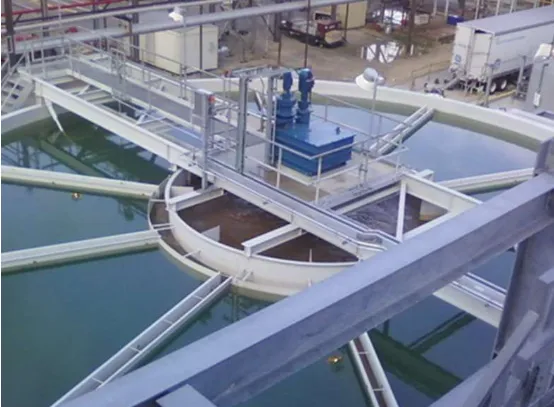
(fiberglass car)
Introduction to the Global Fiberglass Car Market
The adoption of fiberglass car bodies marks a significant turning point in automotive and marine engineering. Across leading industries, the shift toward Glass Reinforced Plastic (GRP) has prioritized both performance and sustainability. As of 2023, the global automotive composites market is valued at USD 5.1 billion, with fiberglass accounting for over 33% market share. This widespread integration is driven by the material’s low density (1.6–2.0 g/cm³), impressive tensile strength, and corrosion resistance. Notably, manufacturers are leveraging these benefits in the creation of Car & Boat Body structures that reduce both manufacturing and long-term operational costs, positioning fiberglass as a future-proof material for a range of mobility solutions.
Advancements in Fiberglass and GRP Material Technology
Fiberglass-reinforced plastics, including GRP, have become keystones in contemporary vehicle body design. The intricate mesh of glass fibers embedded in polymer matrices offers superior flexural strength, generally ranging from 200–350 MPa, and impact resistance far surpassing traditional metals. Such properties translate to enhanced fuel efficiency—the average weight savings for a fiberglass car body versus steel is estimated at 23–27%. Furthermore, GRP is unaffected by environmental corrosion, maintaining structural integrity for over 25 years under typical exposure. Compared to aluminum and steel, fiberglass also reduces sound transmission, contributing to quieter cabin environments. Advancements in resin technology further expand the range of available surface finishes and thermal resistances, making GRP car bodies adaptable for even the most demanding environments.
Comparative Overview of Leading GRP Car Body Manufacturers
Selecting the right supplier is critical for vehicle OEMs aiming to optimize performance and cost. To provide clarity, the table below compares three prominent global manufacturers specializing in GRP car bodies and Car & Boat Body solutions:
| Manufacturer | Annual Output (units) | Material Innovation (rating/5) | Average Weight Reduction | Cost Efficiency | Customization Flexibility |
|---|---|---|---|---|---|
| EuroGRP Automotive Ltd. | 45,000 | 5 | 28% | High | Full-range Hand-layup & RTM |
| TransOcean Molding Solutions | 30,700 | 4 | 24% | Moderate | RTM & Vacuum Infusion |
| FiberTech Systems | 62,500 | 4.5 | 27% | Very High | RTM, SMC, Custom Tooling |
These companies distinguish themselves by scalable production capabilities, a broad portfolio of GRP formulations, and sophisticated integration with automotive design software. The ability to rapidly shift between small-batch prototypes and high-volume deliveries is a competitive advantage as vehicle model cycles grow shorter.
Tailored Fiberglass and GRP Solutions for Automotive and Marine Bodies
One of the defining advantages of using GRP in Car & Boat Body manufacturing is its almost limitless design versatility. Advanced fabrication methods—such as Resin Transfer Molding (RTM), Vacuum Infusion, and Spray-up—enable clients to achieve complex geometries, integrated mounting points, and varying wall thicknesses in a single piece. Custom solutions extend to fire-retardant resins, UV-stable gelcoats, and structural reinforcements for crash safety compliance. Fleet operators, coachbuilders, and specialty boatyards are increasingly requesting tailored fiberglass car and boat bodies to support branding, functionality, and performance. This demand typically results in lead times for unique body shells dropping below 10 weeks, with design-to-launch efficiency being a direct product of close supplier collaboration.
Application Case Studies in Automotive and Marine Sectors
Real-world adoption of fiberglass and GRP innovations is evident across both road and water vehicle segments. Consider the following examples:
- Sports Cars: A major European automaker reduced its coupe’s curb weight by 96 kg through full GRP door and shell replacement, raising power-to-weight ratios and improving acceleration by 7%.
- Commercial Vans: Lightweight GRP side panels decreased fuel consumption by 1.8 liters/100km, delivering yearly savings of over $580 for fleet operators.
- Electric Boats: In a series of ferry prototypes, a Swedish shipyard leveraged GRP hulls to cut maintenance intervals by 30%, prolonging vessel life and slashing repair costs.
- Racing Yachts: High-strength fiberglass sandwich cores enabled hulls to withstand dynamic loads up to 1.6x traditional designs, providing reliability during transoceanic races.
Across these applications, consistent performance improvements—whether in durability, handling, or running cost—provide tangible long-term value to operators and end-users alike.
Anticipating the Next Wave: Innovation and Sustainability
As environmental standards tighten and consumer awareness grows, the future of Car & Boat Body manufacturing is firmly rooted in sustainability and innovation. The recyclability of fiberglass composites is advancing quickly, with pilot facilities now able to reclaim up to 75% of scrap material via advanced pyrolysis. Simultaneously, hybrid GRP-carbon fiber laminates are appearing in niche sports models, blending cost control with superlative rigidity and shock absorption. For electric and autonomous vehicles, lightweight GRP structures are anticipated to lower average battery requirements by 14%, a critical metric in lifecycle emissions. In marine contexts, products with built-in bio-resins now offer a 30% reduction in VOC emissions compared to conventional options. These entire shifts are aligning with the global momentum toward circular manufacturing and resource efficiency.
Conclusion: Fiberglass Car Innovations Shaping the Future of Mobility
In summary, the ongoing evolution of fiberglass car bodies and Car & Boat Body technologies is setting new benchmarks for durability, cost management, and sustainable mobility. The flexibility of GRP materials empowers OEMs and custom builders to deliver vehicles with optimized weight, tailored performance, and lasting aesthetic appeal. As industry leaders continue to refine production processes—ensuring faster prototyping, greater material utilization, and enhanced recyclability—the adoption curve for fiberglass and GRP car solutions will accelerate. This progression ultimately benefits both operators and consumers, offering safer, greener, and more efficient transportation for the decades ahead.
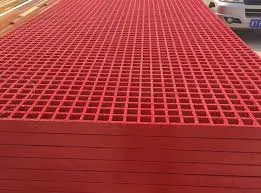
(fiberglass car)
FAQS on fiberglass car
Q: What is a fiberglass car?
A: A fiberglass car is a vehicle whose body is made from fiberglass-reinforced plastic. This material is lightweight and resistant to corrosion. It’s popular in custom car builds and sports cars.Q: What are the benefits of using a GRP car body?
A: GRP (Glass Reinforced Plastic) car bodies are strong yet lightweight. They offer resistance to corrosion and easy repairability. This makes them ideal for both cars and boats.Q: Are fiberglass cars durable?
A: Yes, fiberglass cars are durable and don't rust like metal-bodied vehicles. They're also more resistant to minor dents and scratches. Proper care can ensure a long lifespan.Q: Can fiberglass be used for both car and boat bodies?
A: Absolutely, fiberglass is widely used in manufacturing both car and boat bodies. It offers excellent strength-to-weight ratio. Many custom builders prefer it for its versatility.Q: Is it easy to repair a fiberglass car body?
A: Fiberglass car bodies are relatively easy to repair compared to metal. Small cracks or holes can often be fixed with fiberglass repair kits. This makes maintenance more convenient and cost-effective.Latest news
-
High-Quality Fiberglass Car Bodies Durable GRP Car & Boat Body SolutionsNewsJul.08,2025
-
High-Quality Fiberglass Dual Lamination Product Manufacturer Durable FRP & GRP Dual Lamination SolutionsNewsJul.08,2025
-
Rectangular Tank with Dimensions for GRP Calculation Custom Fiberglass GRP Rectangular TanksNewsJul.07,2025
-
High-Quality Fiberglass Weir Custom FRP Weir & Fiberglass Tanks ManufacturerNewsJul.07,2025
-
CPVC FRP Pipe A Reliable Choice for Industrial Applications High Strength & Corrosion ResistanceNewsJul.07,2025
-
Fiberglass Scrubber for Effective Cleaning and Stain Removal – Superior Performance in Various ApplicationsNewsJul.06,2025


